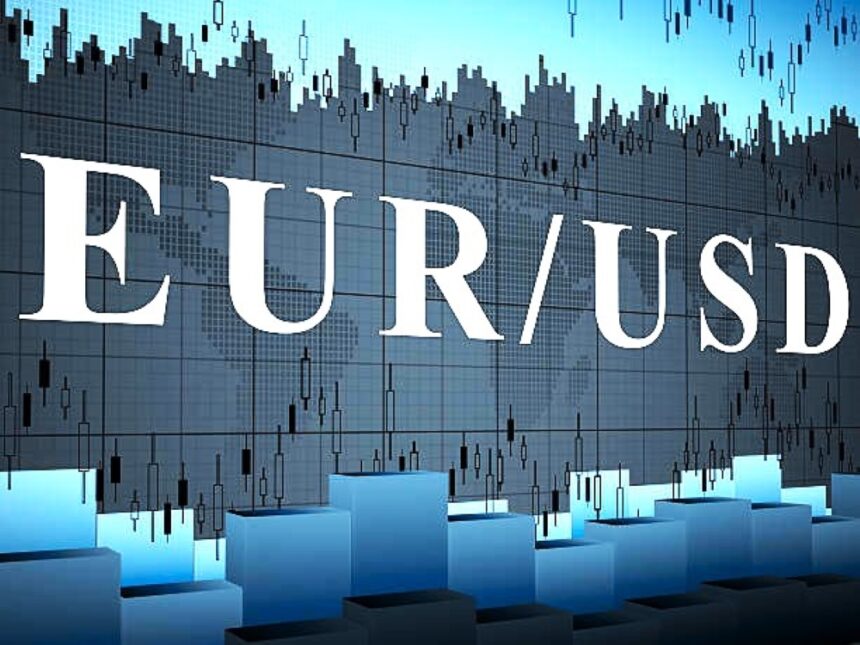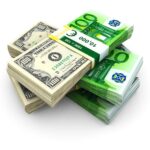EURUSD fluctuates near 1.0950 as investors await the US PPI for any clues on the Fed’s interest rate outlook.
Despite the Euro’s good performance against its major counterparts, EURUSD is consolidating near 1.0950 during European trading hours. The Euro outperforms despite market expectations that the European Central Bank (ECB) will slash interest rates further at its two remaining monetary policy meetings this year.
Euro strengthens as Eurozone inflationary pressures fall faster than projected.
The ECB has already decreased its Deposit Facility Rate by 50 basis points (bps) to 3.5% this year. The central bank anticipated to decrease them by another 50 basis points in the remaining year. Traders have priced in two 25-bps rate cuts, the first coming next week and the second in December.
The ECB’s dovish views have been fueled by a faster-than-expected drop in Eurozone inflationary pressures and rising risks to economic growth. This week, ECB policymaker and Greek Central Bank Governor Yannis Stournaras stated that price pressures are easing faster than the ECB predicted in September. Stournaras also supported two additional rate cuts in each of the remaining meetings this year, highlighting the need to drop them even further in 2025.
Meanwhile, revised estimates for the German Harmonized Index of Consumer Prices (HICP) for September revealed that price Pressures remained below the bank’s 2% objective, at 1.8%, according to flash assessments.
On the economic front, the Eurozone’s growth prospects remain bleak, with Germany, its largest economy, expected to shrink by 0.2% this year, according to the German economic ministry.
Daily market digest: EURUSD oscillates in a tight range ahead of US PPI.
In Friday’s New York session, the EURUSD was trading in a tight range near 1.0950. The major currency pair consolidating as the US Dollar (USD) goes sideways ahead of the US Producer Price Index (PPI) data, which will be release at 12:30 GMT. The US Dollar Index (DXY), which measures the value of the US dollar against six major currencies, maintains its rise near 103.00. Investors paying particular attention to the US PPI data, which will show how quickly companies boosted prices for goods and services at factory gates in September. Producer inflation is heavily driven by changes in input costs and household demand.
Economists estimate annual headline PPI inflation to have slowed to 1.6% from 1.7% in August. The annual core PPI, which excludes volatile food and energy prices, expected to have increased considerably by 2.7% from the previous announcement of 2.4%. The monthly headline and core PPIs estimated to have climbed at slower rates of 0.1% and 0.2%, respectively.
The Fed is likely to decrease interest rates by 25 basis points in November.
The US dollar is largely positive after Atlanta Federal Reserve (Fed) Bank President Raphael Bostic provided The prospect of maintaining interest rates at 4.75%-5.00% in November is on the table.
Bostic’s comments in an interview with the Wall Street Journal on Thursday suggested that he is fine with skipping the interest rate cut next month. Bostic clarified: “This choppiness to me is along the lines of maybe we should take a pause in November and I’m definitely open to that.” His comments came following the release of the US Consumer Price Index (CPI) report, which revealed that inflationary pressures increased faster than predicted in September.









